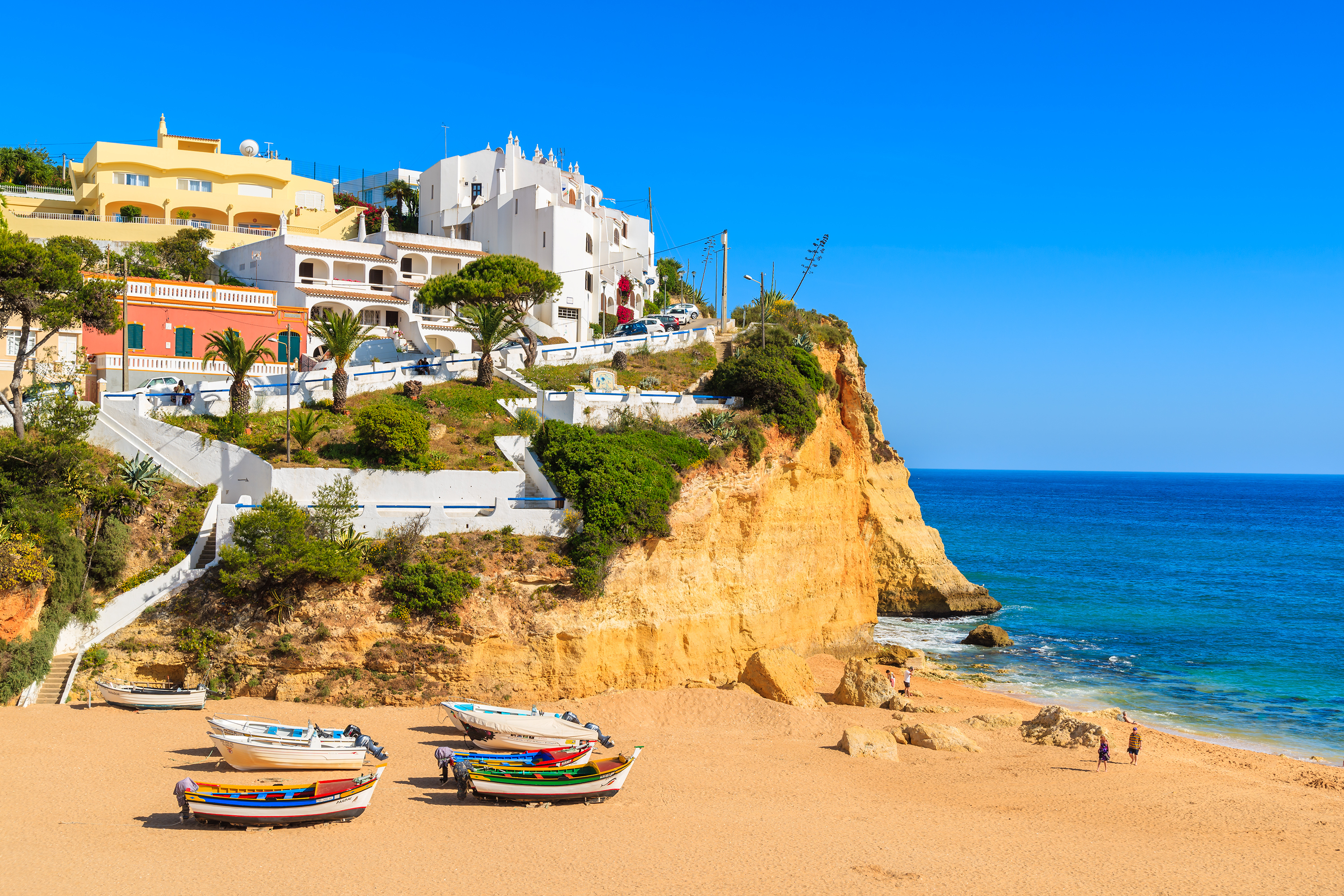
Skin cancer rates have soared by 45% over the course of a decade, with young people also developing the disease, new figures show.
Cancer Research UK found rates of melanoma – the most deadly type of skin cancer – rose dramatically between 2004-2006 and 2014-2016, the most recent figures available.
Rates increased by more than a third (35%) for women and by 55% for men.
Overall, the jump was from 18 cases per 100,000 people to 26.
While melanoma is still more common in those aged over 65, rates for 25 to 49-year-olds have increased by 70% since the 1990s.
The jump has been from nine cases per 100,000 people in 1993-1995 to 16 per 100,000 in 2014-2016.
According to the charity, the rise of package holidays in the 1970s and a more recent surge in cheap flights has seen more people going abroad, sometimes several times a year, putting their skin at risk from strong sun.
But it said rising rates were also down to increasing awareness of the disease, which has led to more people seeking a diagnosis.
Melanoma skin cancer is the fifth most common cancer in the UK and the second most common in people aged 25 to 49.
Experts believe almost nine in 10 cases could be prevented if people protect their skin with a high factor sun cream.
Getting sunburnt just once every two years triples the risk of melanoma.
Michelle Mitchell, chief executive of Cancer Research UK, said: “While some might think that a tan is a sign of good health, there is no such thing as a healthy tan, it’s actually your body trying to protect itself from harmful rays.
“These statistics highlight the importance of our Own Your Tone campaign, which encourages people to embrace their natural skin tone and adopt sun-safe behaviours.”
Karis Betts, health information manager at Cancer Research UK, said: “Sun safety is not just for when you’re going abroad, the sun can be strong enough to burn in the UK from the start of April to the end of September.
“It’s important that people are protecting themselves properly both at home and further afield when the sun is strong.
“We want to encourage people to embrace their natural look and protect their skin from UV damage by seeking shade, covering up and regularly applying sunscreen with at least SPF 15 and four or five stars.”
NHS national medical director Professor Stephen Powis said: “Although cancer survival is at a record high, more people are getting diagnosed with melanoma and nearly half a million people were urgently referred for skin cancer checks in the last year, so it’s vital that people take every precaution possible to protect their skin, particularly in the summer months, by wearing sunscreen and spending time in the shade.
“Getting cancer diagnosed as soon as possible is vital to people’s chances of surviving, which is why the NHS long term plan sets out ways to catch it earlier including through genomic testing and the roll-out of rapid diagnostic services.”

Enjoy the convenience of having The Sunday Post delivered as a digital ePaper straight to your smartphone, tablet or computer.
Subscribe for only £5.49 a month and enjoy all the benefits of the printed paper as a digital replica.
Subscribe